If Snowflake Bentley were alive and well today he likely would observe and photograph insects and particularly pollinators in his yard in Jericho, Vermont.
Why? Because insects are small, intricate, unique, and exquisite to observe.
Though some, like the Rusty-patched Bumble Bee (Bombus affinis) are now extirpated in Vermont, while others are in decline, and seldom seen.
'Thirteen years ago the U.S. Senate’s unanimous approval and designation of a week in June as “National Pollinator Week” marked a necessary step toward addressing the urgent issue of declining pollinator populations." ~ Pollinator Partnership
Folks of Jericho, Vermont, what pollinators and other insects are you seeing in your yards and around town? Observe them while you can, many are decreasing in volume rapidly.
Here are a few examples of what I observed in our yard on Browns Trace (a couple in a neighbors yard on Browns Trace) this spring and the first few days of summer. You can see more of my and other folks observations on iNaturalist. Go to the iNaturalist site, in the search bar, type in Jericho, US, VT. Then select view observations.
What are you seeing?
Note: all of the ID's listed here are pending verification.
Virginia Ctenucha Moth (Ctenucha virginica)
Front and backside of wings of this Admiral
My first Brown-belted Bumble Bee (Bombus griseocollis)
Tri-colored Bumble Bee (Bombus ternarius)
Common Whitetail (Plathemis lydia)
Lily Leaf Beetle (Liloceris lilii)
Caterpillars are essential in the food web of life.
They turn into moths, caterpillars, and are a primary source of food for baby birds and other creatures.
Tiger Swallowtails and Allies (Subgenus Pterourus)
Eight-spotted Forester Moth (Alypia octomaculata)
Northern Crescent (Phyciodes cocyta)
American Bullfrog (Lithobates catesbeianus), viewed in front of Jericho Settlers Farm.
Familiar Bluet (my guess) (Enallagma civile)
Eastern Forktail (Ischnura verticalis)
I think this is Litagated Furrow bee (Halictus ligatus). Or perhaps a Flower Fly.
LOTS of flies are pollinators.
Sweat bee - we all can relate to this guy this week in Vermont.
Genus Andrena (Mining Bees)
Six-spotted Tiger Beetle (Cicindela sexguttata)
Unusual to see a blue one in NE. Usually green.
Robber Fly (Genus Laphria) with dinner still alive.
Bumble Bee (specific ID pending)
Narcissus Bulb Fly (Merodon equestris)
Swamp Milkweed Leaf Beetle (Labidomera clivicollis)
Dot-tailed Whiteface (Leucorrhinia intacta)
Eight-spotted Forester Moth (Alypia octomaculata)
or White-spotted Sable (Anania funebris)
Carpet Moth (My Peterson NE NA field guide to Moths is over 600 pages long. Lots of nighttime (and daytime) MOTH POLLINATORS.
Jiminy Cricket of Pinocchio fame?
Spring Harvestman (Rilaena triangularis)
Blackjacket (Vespula conssobrina)
Oblong Woolcarder (Anthidium oblongatum)
The more we observe them (I think), the more we will appreciate the diversity and the distinguishing uniqueness each insect species offers, just as Snowflake Bentley appreciated each snowflake.
Bernie
View more at
------------------------------------------------------------------------------------------
This from Sabina Ernst of Jericho (on FPF)
What's the Buzz?
Sabina Ernst • Skunk Hollow Rd, Jericho
Announcement
It's Pollinator Week 2020!
Learn more about helping pollinators from the experts at the Xerces Society for Invertebrate Conservation: https://www.youtube.com/watch?v=ZCVeLrt-g7E&list=PLj0YpC88441mCY37_C7C7FnAuxni4J0Zh&index=2
Did you know the Jericho Conservation Commission maintains a Pollinator Garden at the Town Green? You can visit any time and see examples of plants that are native to New England and provide food for adult pollinators (nectar) and caterpillars (leaves). Look for the "Pollinator Habitat" sign.
Contact me if you would like to schedule a self-guided tour of a home landscape pollinator garden.
Sabina Ernst.

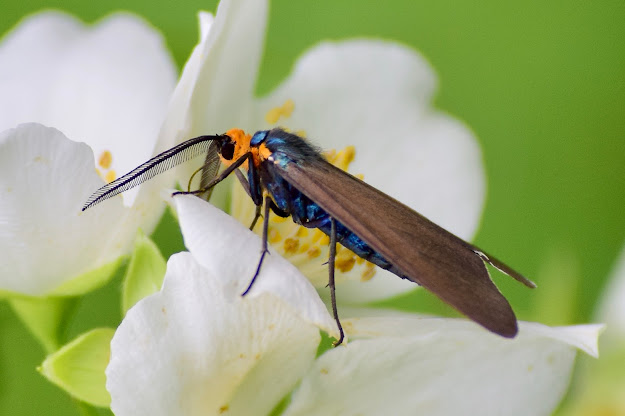







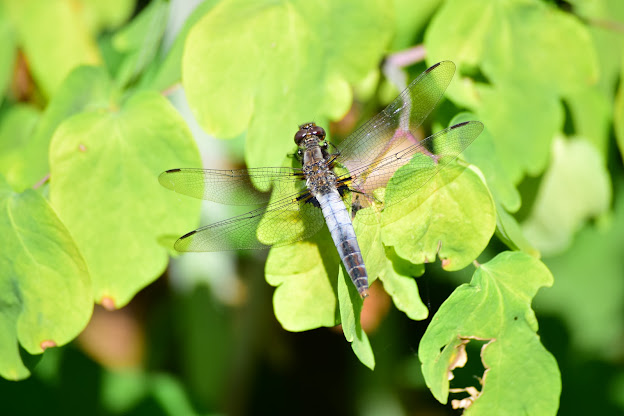


















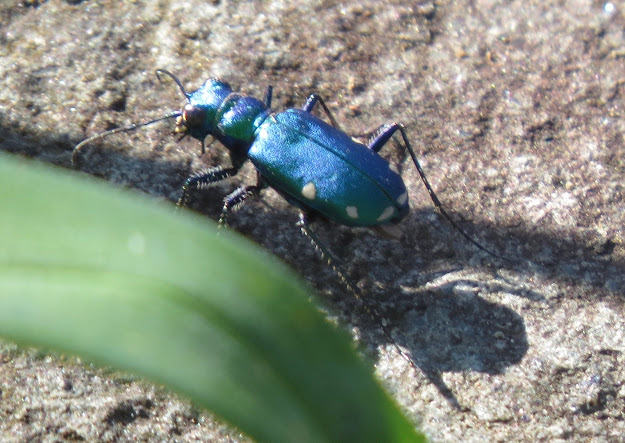



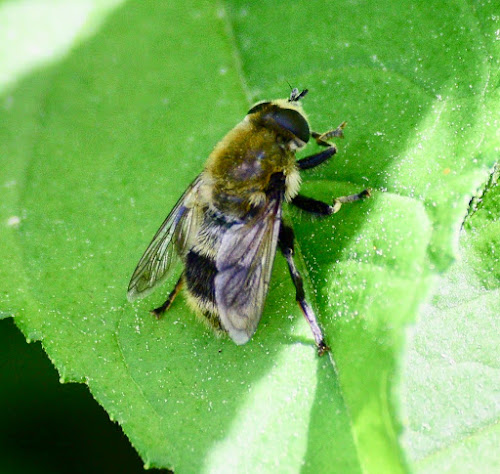







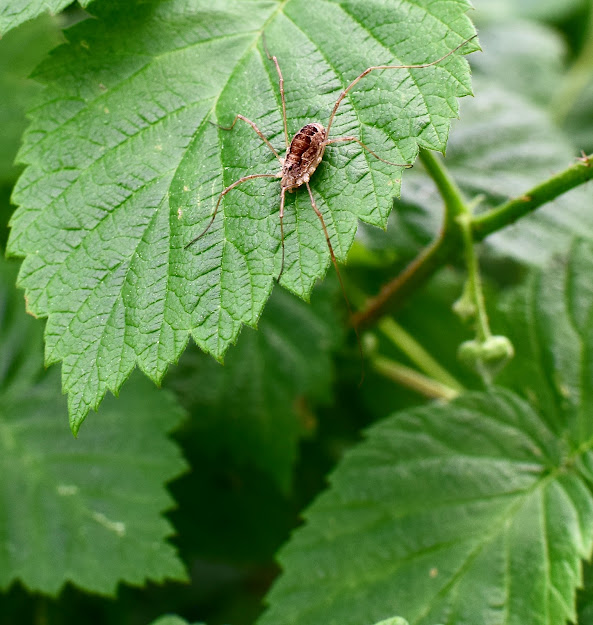

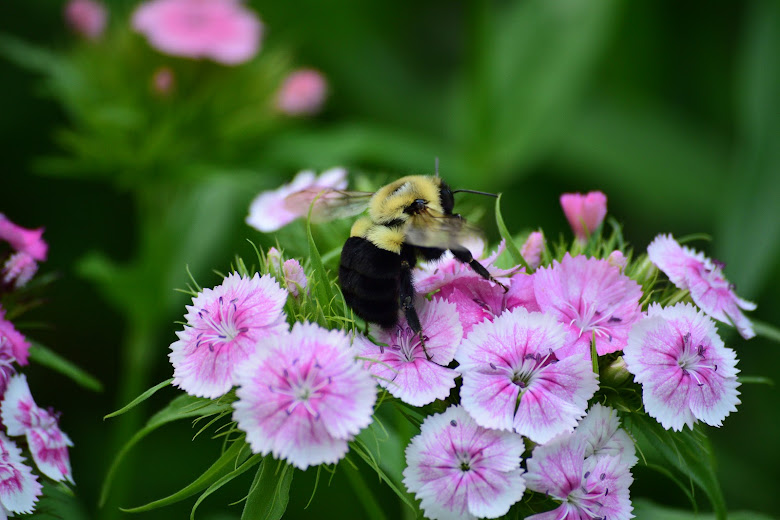

No comments:
Post a Comment